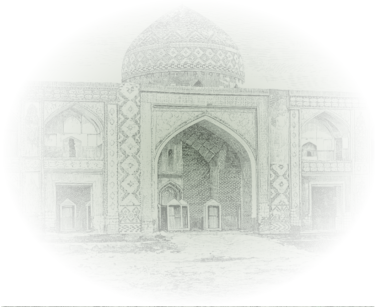Arinj was a village in the Sharur-Daralayaz uezd of the former Iravan governorate, later in the former Pashali (Azizbeyov, Vayk) district, and present-day Vayots Dzor province. It was located 16-17 km to the northeast of the settlement of Pashali and on the bank of the Arinj River, the right tributary of the Arpachay. The name of the village was noted as “Arsinj” in “The Iravan Province Review Book”, as “Arnij” in “The Nakhchivan Sanjak Comprehensive Data Book”, marked as “Arinj” on the five-verst map of the Caucasus and pointed out as “the rural area of Arinj” in the book “The Cultural Monuments of the Azizbeyov District” by O. Yeghiazarian printed in the Armenian language in 1955.
The village was solely inhabited by Azerbaijanis: 177 in 1831, 129 in 1873, 152 in 1886, 200 in 1897, 264 in 1904, 290 in 1914 and 252 Azerbaijanis in 1916. The Azerbaijanis were attacked, massacred or expelled from the village by Armenian armed units in 1918. After the establishment of Soviet power in present-day Armenia, the Azerbaijanis who survived managed to return to their own village. The village was solely inhabited by Azerbaijanis: 23 in 1922, 103 in 1926 and 171 in 1931. In accordance with the decision of the USSR Council of Ministers “On the resettlement of collective farmers and other Azerbaijani population from the Armenian SSR to the Kur-Araz lowland of the Azerbaijan SSR” dated 23 December 1947, the Azerbaijanis were deported to Azerbaijan.
The village was abolished in 1949. At present, it is ruined.
